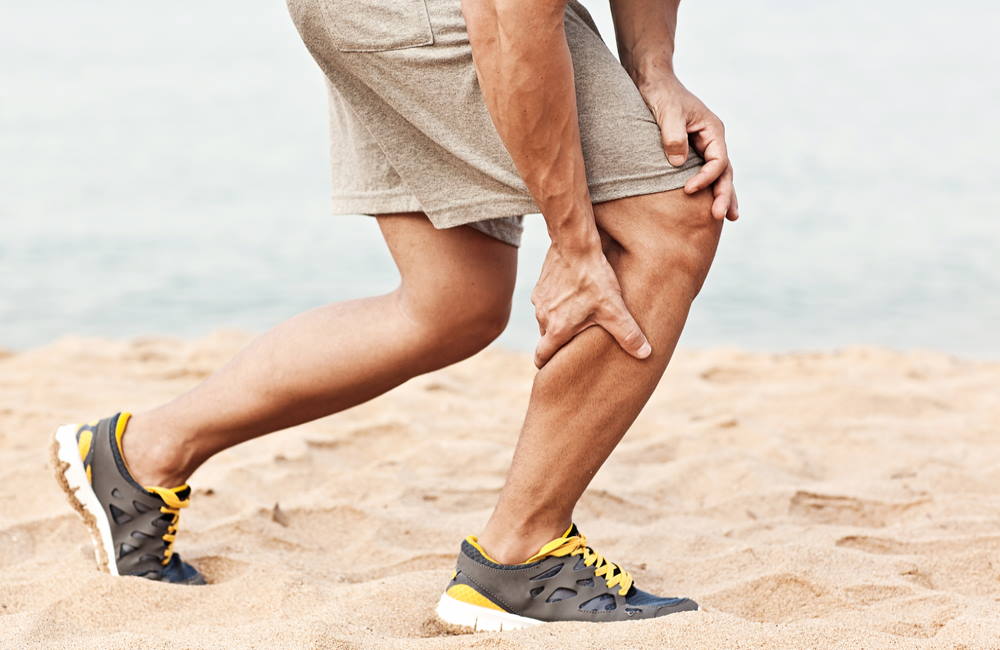
What Causes Sore Muscles?

Everyone experiences sore muscles, and the reasons why differ depending on the person and the situation. However, the most common causes of sore muscles include tension, stress, overuse and minor injuries. Fortunately, there are ways to combat sore muscles, including rest, getting adequate blood flow, stretching, and using ice to combat inflammation.
While exercising regularly is part of maintaining good health, it is one of the major causes of sore muscles. That’s especially true for those who are exercising for the first time after a long period of inactivity. Muscles not typically used in the past will quickly become sore.
Those who experience chronic pain throughout their body likely have a more serious issue, including the possibility of infection, illness or a medication’s side effects. But for everyone else, there are techniques to help sore muscles.
Get Adequate Rest
This is worth mentioning first because people often consider it last. Especially when just starting to exercise regularly, people may fall into a habit of working their bodies hard but not getting the needed rest afterward. For those who use weights, it’s important to let a muscle group rest for a day or two before working on them again. For those new to running - or for older people who still run - it’s helpful to only run every other day to rest your legs. But it’s good to also walk or bike on your off days.
Adequate Blood Flow
Blood carries oxygen to muscles. If a person sits or stands for an extended period, the blood flow gets reduced, leading to muscles feeling sore. It’s an issue that impacts office workers at their desk and nurses and teachers on their feet. One proven way to deal with the issue is wearing recovery compression socks that apply firm, gentle pressure on muscles and keep a healthy blood flow to legs and feet.
Keep Muscles Stretched
In most cases, it’s a good idea to do gentle stretching before and after exercising. How you stretch is important, however. If a muscle is in pain, do not stretch, as it can make the situation worse, according to adidas. In normal circumstances, they suggest dynamic stretches before a run and static stretches after a workout to relieve muscle tension. They also note: “As a general rule, you should only stretch until you feel a slight pull. Stretching should never cause you pain.”
How to Stretch Before and After Running
Using Ice to Reduce Inflammation
For muscles that appear to be strained (or “pulled”), putting ice on the area can reduce inflammation and pain. An easy way to do this is to use a bag of frozen peas or put ice into a plastic zip bag and apply to the sore area. Usually doing this about 20 minutes a day for several days will reduce the soreness and combat inflammation.
It’s impossible to avoid sore muscles if exercise is part of your routine, or if you are required to sit or stand for long periods of time during the day. However, taking these simple steps can help reduce the inflammation and pain associated with sore muscles and lead to faster recovery.
